First SOCCOM Station
Crossing the International Date Line and the first SOCCOM station
April 13, 2024 (twice!)
We crossed the International Date Line today! That means we got an extra day and experienced April 13th twice. On our first go of April 13th, we finished preparing the labs. By this point, we were both feeling much more stable and not at all queasy or tired (symptoms of motion sickness). Sometimes the first day or so at sea can be rough because your body has to get used to constantly rocking back and forth.
On our second go of April 13th, we had our first SOCCOM station! The station was located about 700 nautical miles southeast of Lyttelton, the port from which we left New Zealand. Our stations start with a CTD-Rosette (Conductivity Temperature Depth) cast down to 2000 meters. We observe the profile for chlorophyll concentration (as well as temperature, salinity, dissolved oxygen, nitrate, pH, etc.) while the CTD-Rosette descends through the water column, and collects seawater samples during its ascent, based on the values listed above – particularly chlorophyll. We do each CTD cast in approximately the same location that we deploy a float so that we can compare the data collected.
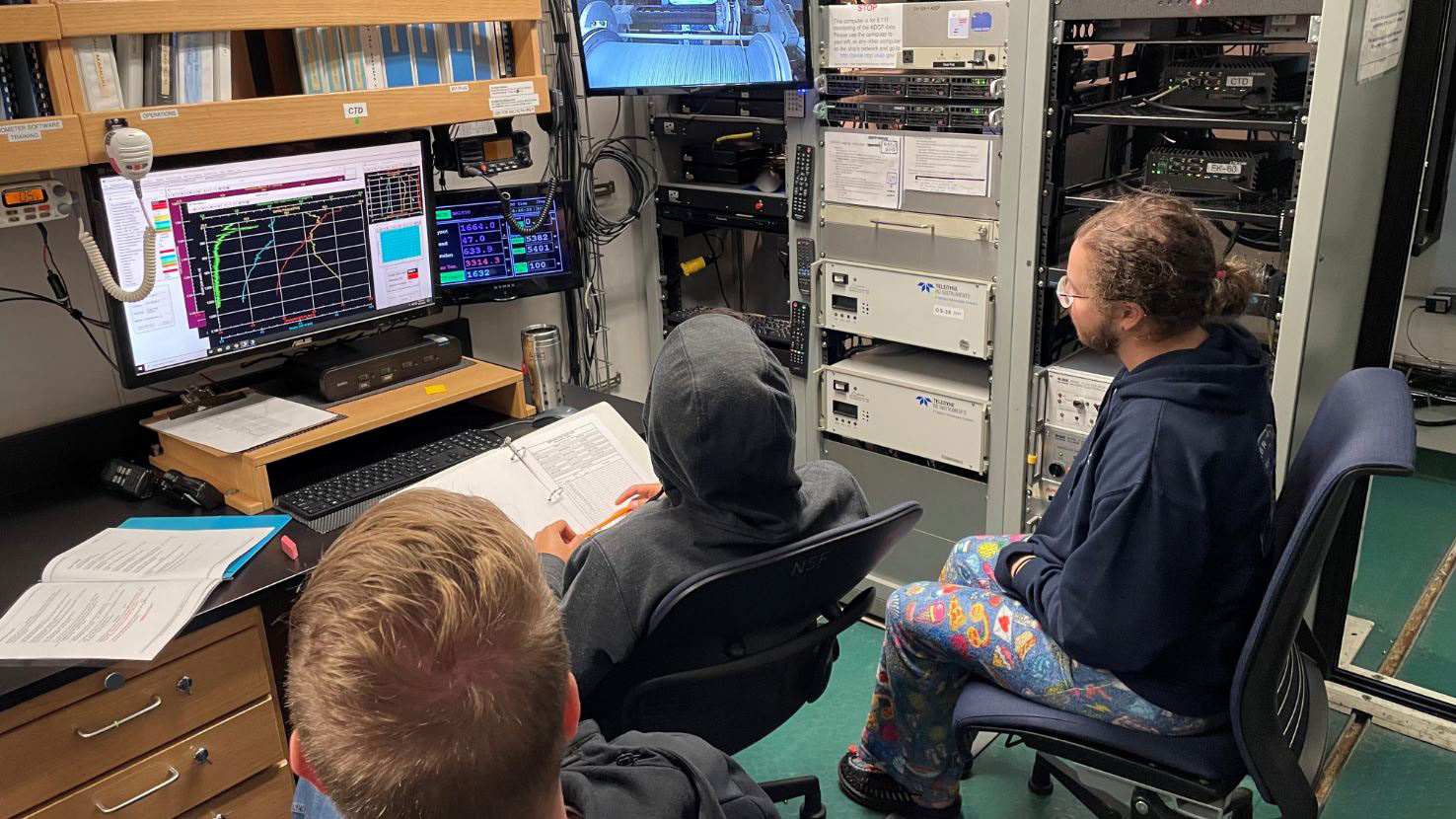
The CTD Console aboard the RVIB Palmer
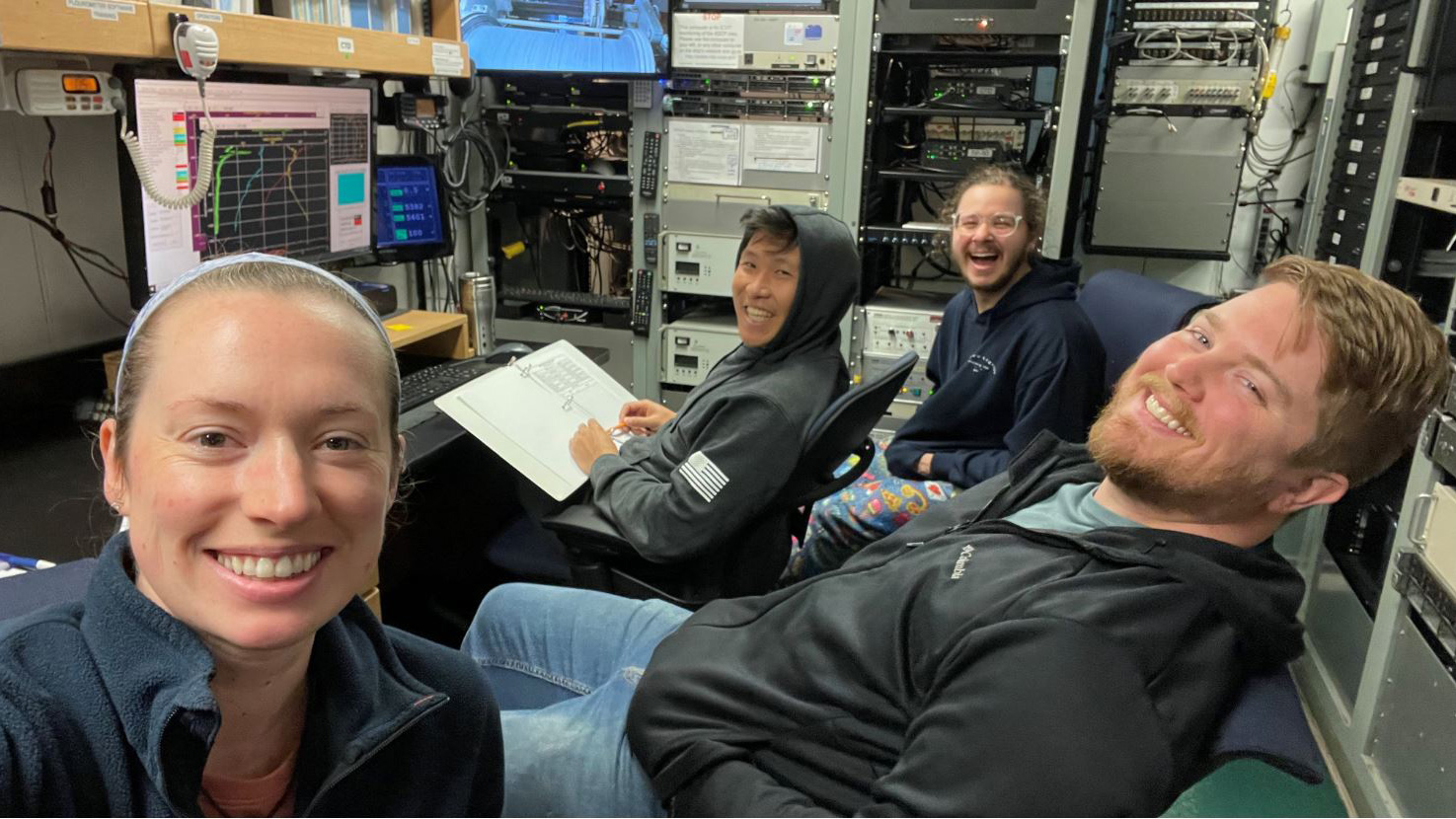
The team hard at work watching the CTD
As soon as the CTD cast is complete and it is back on deck, we deploy a float. We make sure the sensors are clean and then we gently lower the float over the side of the ship. The float may stay at the surface for a minute or so, but then it will descend to its resting depth of about 1000 meters, where it will wait until it performs its first water column profile. These floats are amazing because they keep doing this for years and collect large amounts of data that would otherwise be difficult and very costly to collect.
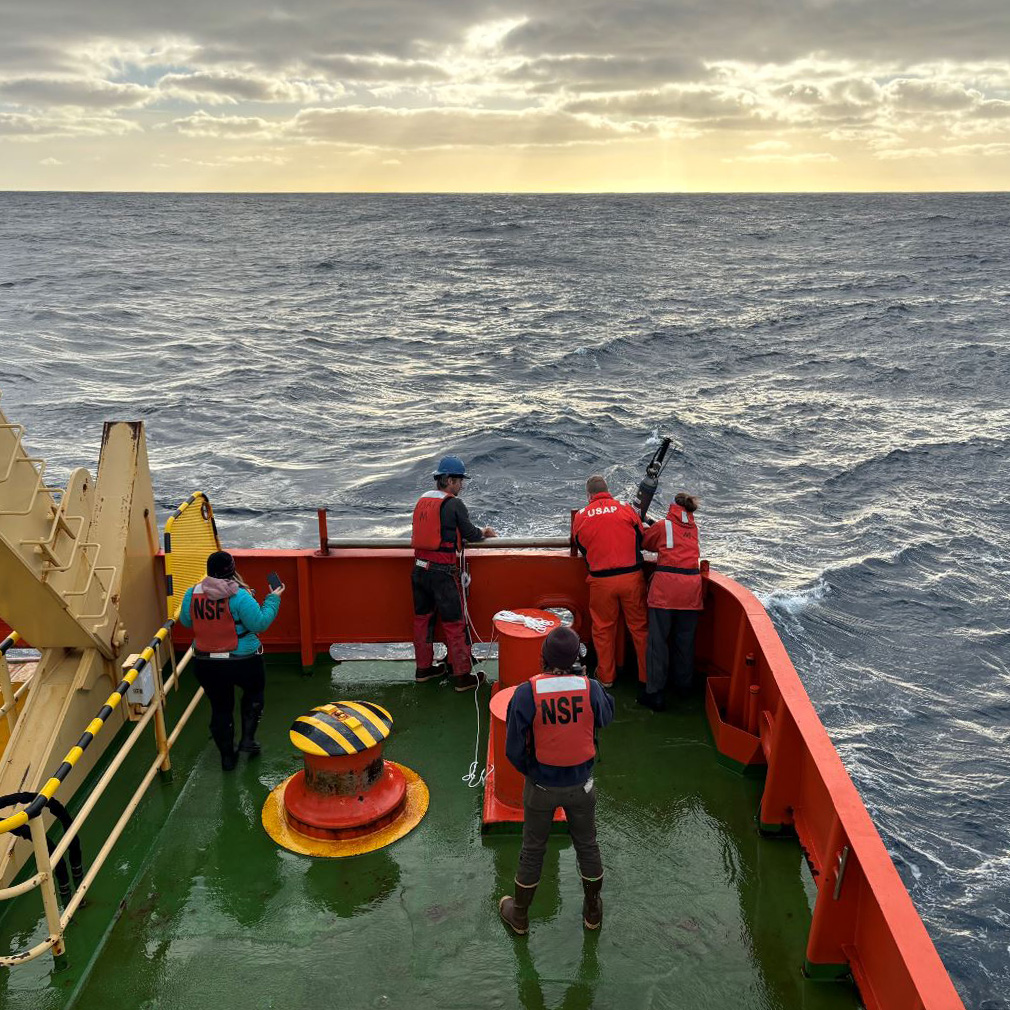
Deploying a float from the RVIB Palmer
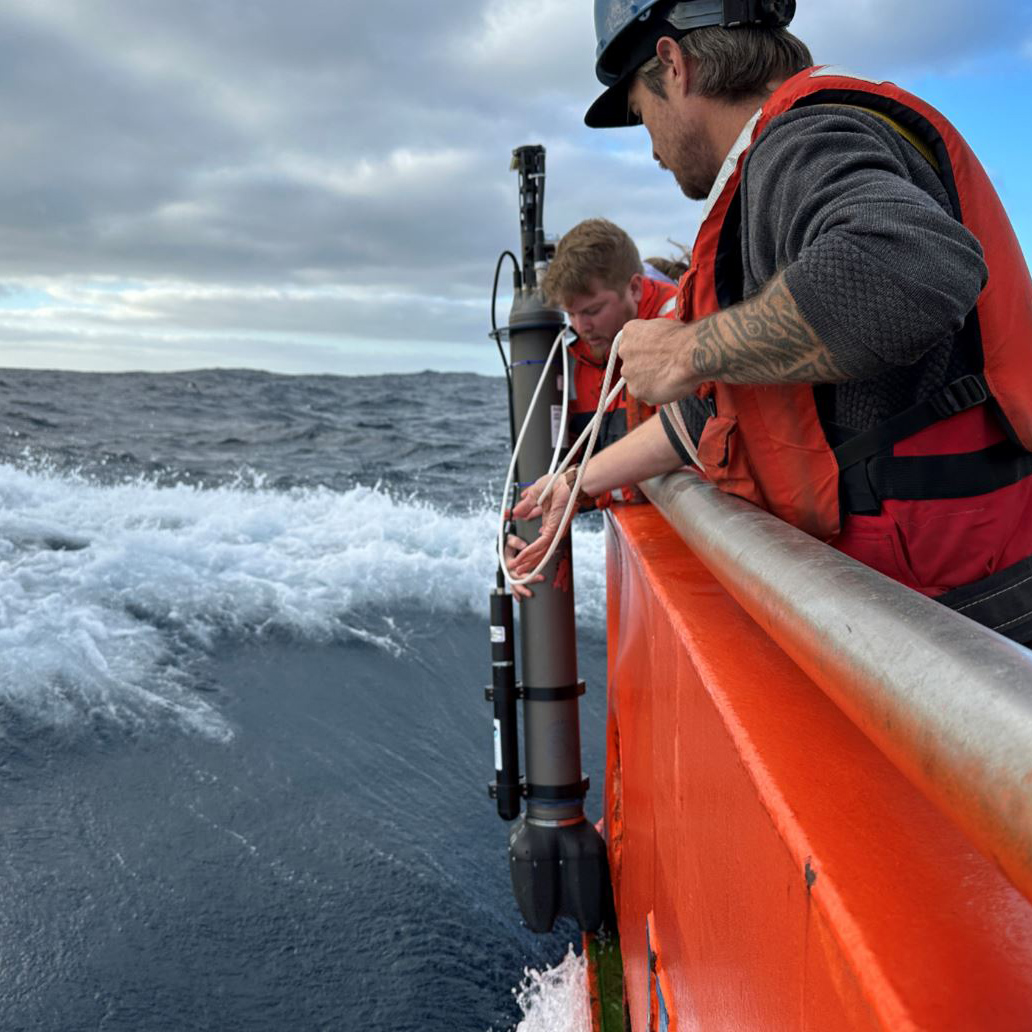
The float is lowered carefully over the side of the ship.
As soon as the float has been deployed, we collect seawater samples from the CTD-Rosette. We collect samples for dissolved oxygen, pH, salinity, nutrients, and chlorophyll by filling various bottles and flasks from all of the Niskin bottles that make up the rosette. Immediately after collecting all of the seawater samples, we filter the chlorophyll samples. The chlorophyll filters, pH samples, and nutrient samples will be sent back to the United States for analysis after this cruise, while the dissolved oxygen and salinity samples will be analyzed onboard.
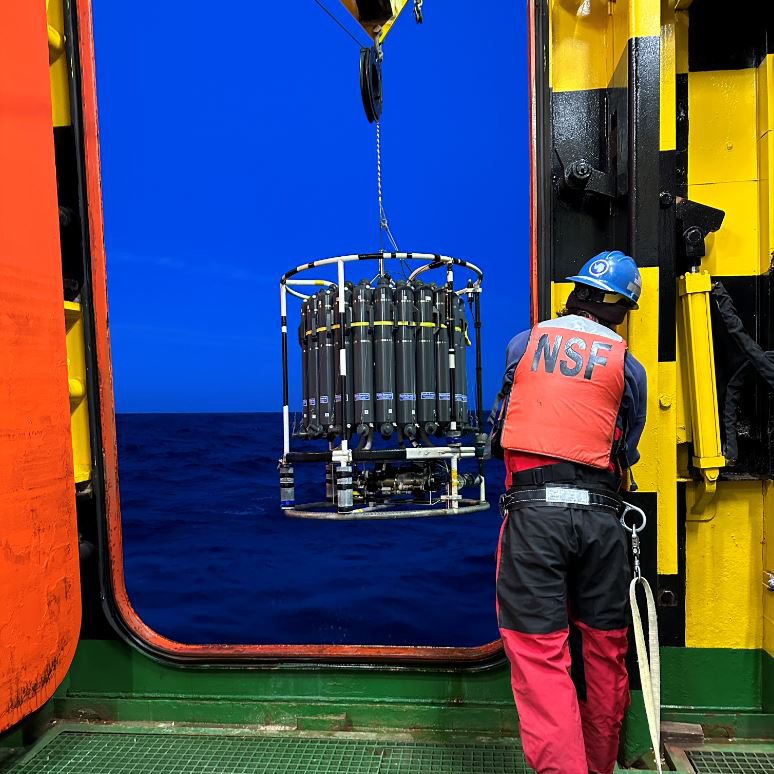
The CTD Rosette is deployed and recovered through a side door on the RVIB Palmer.
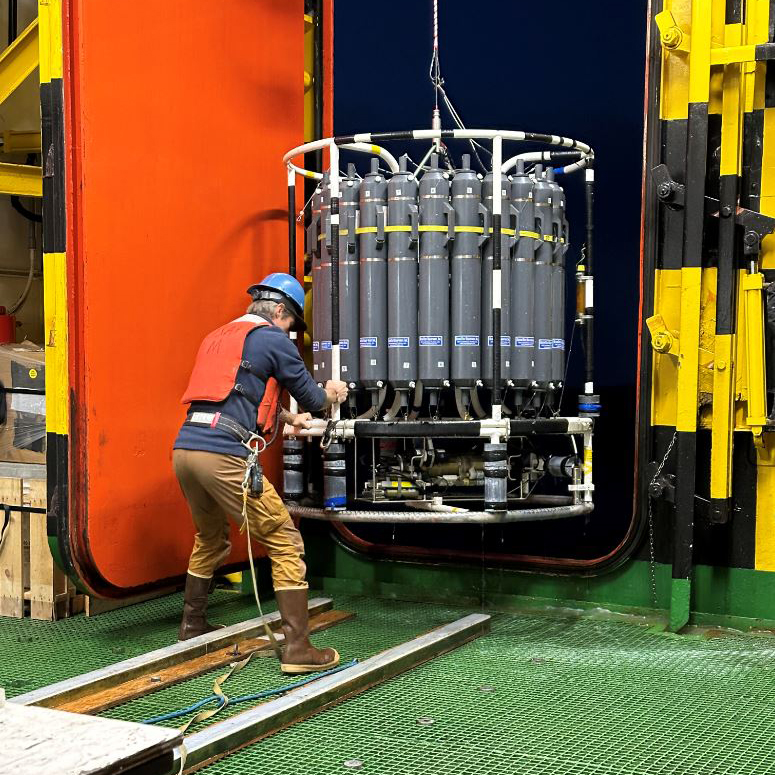
The heavy CTD Rosette is lifted with a crane and positioned carefully by crew members for sampling.
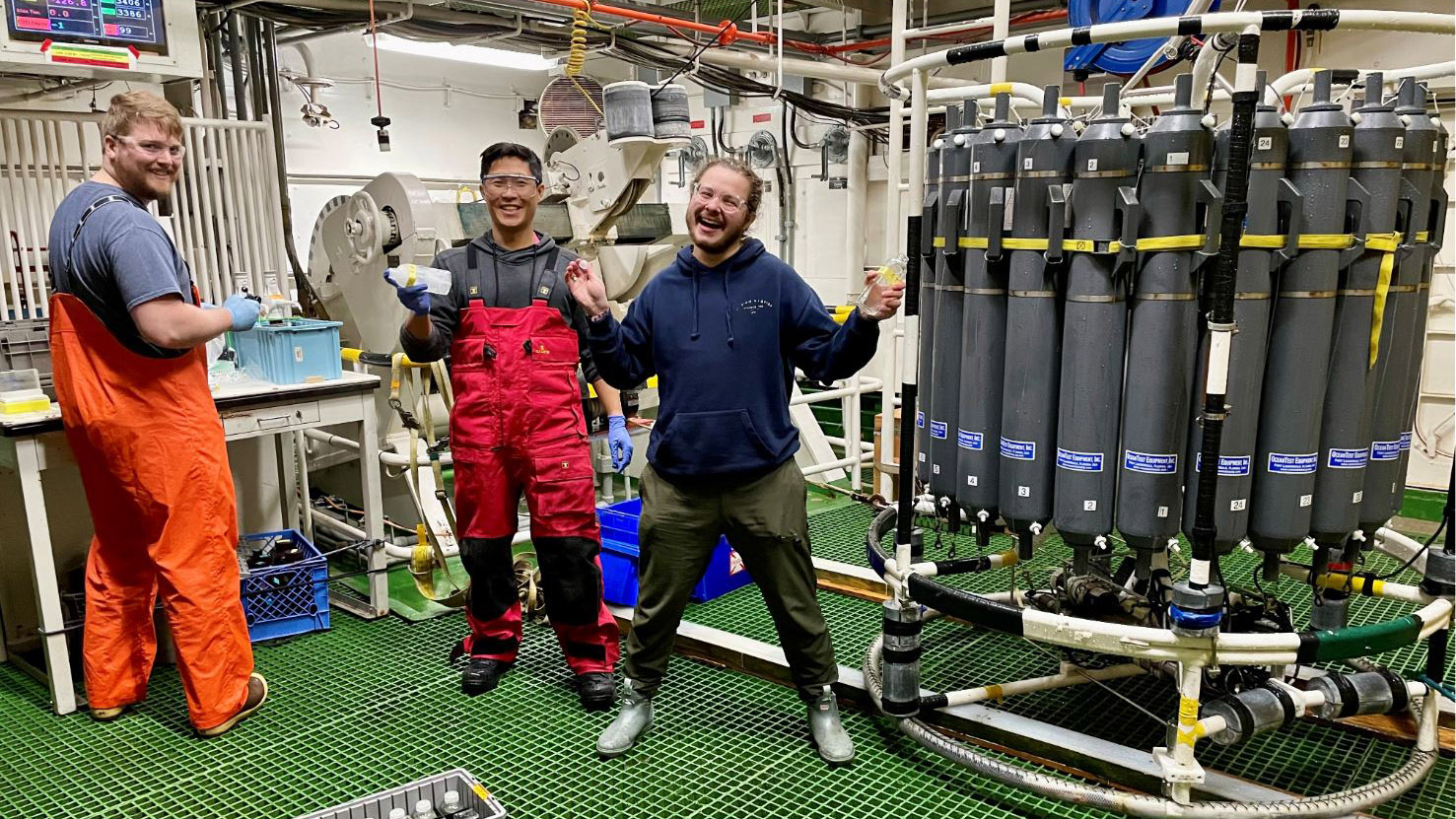
It’s a sampling party!
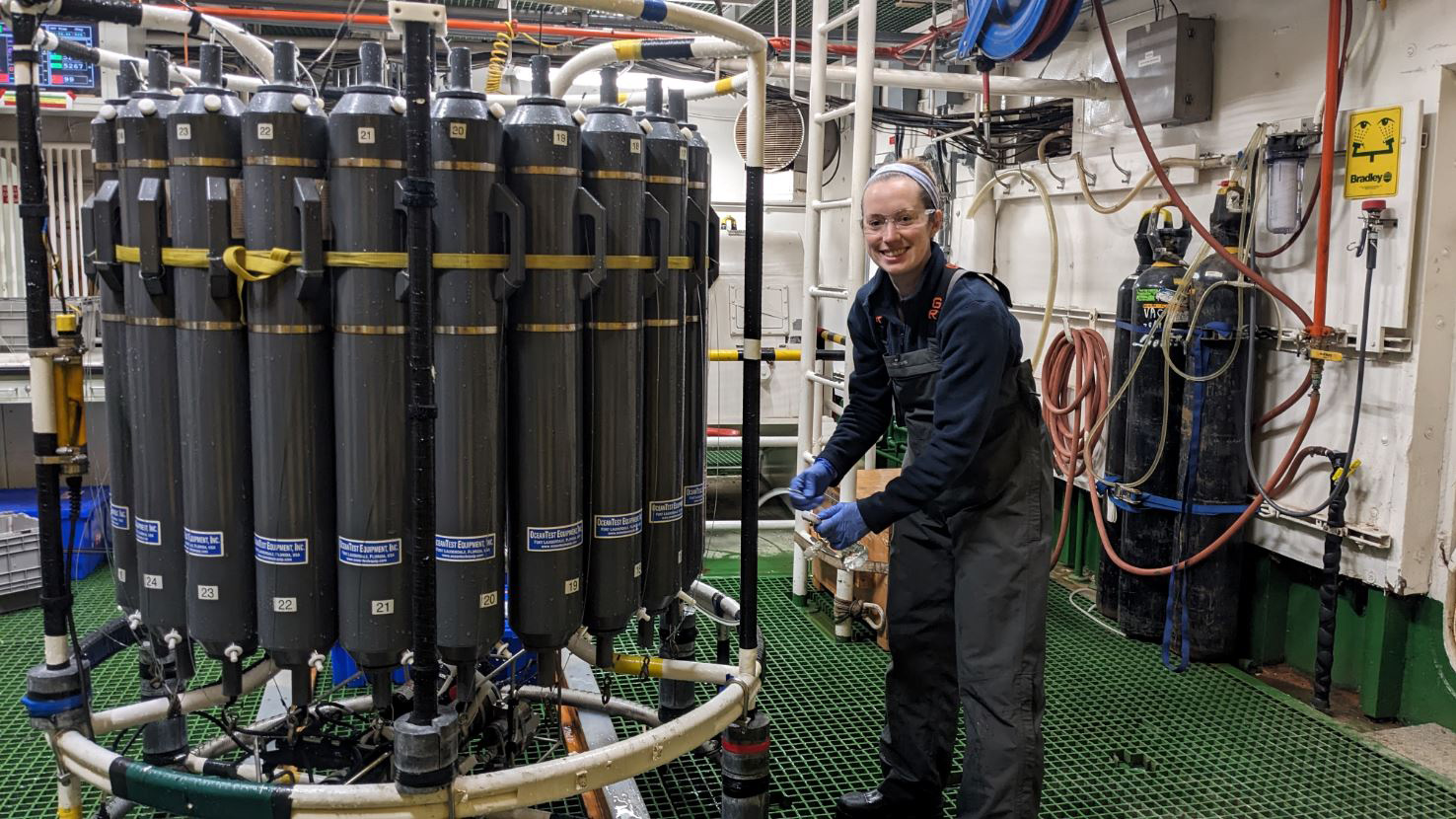
Collecting water from a Niskin bottle
